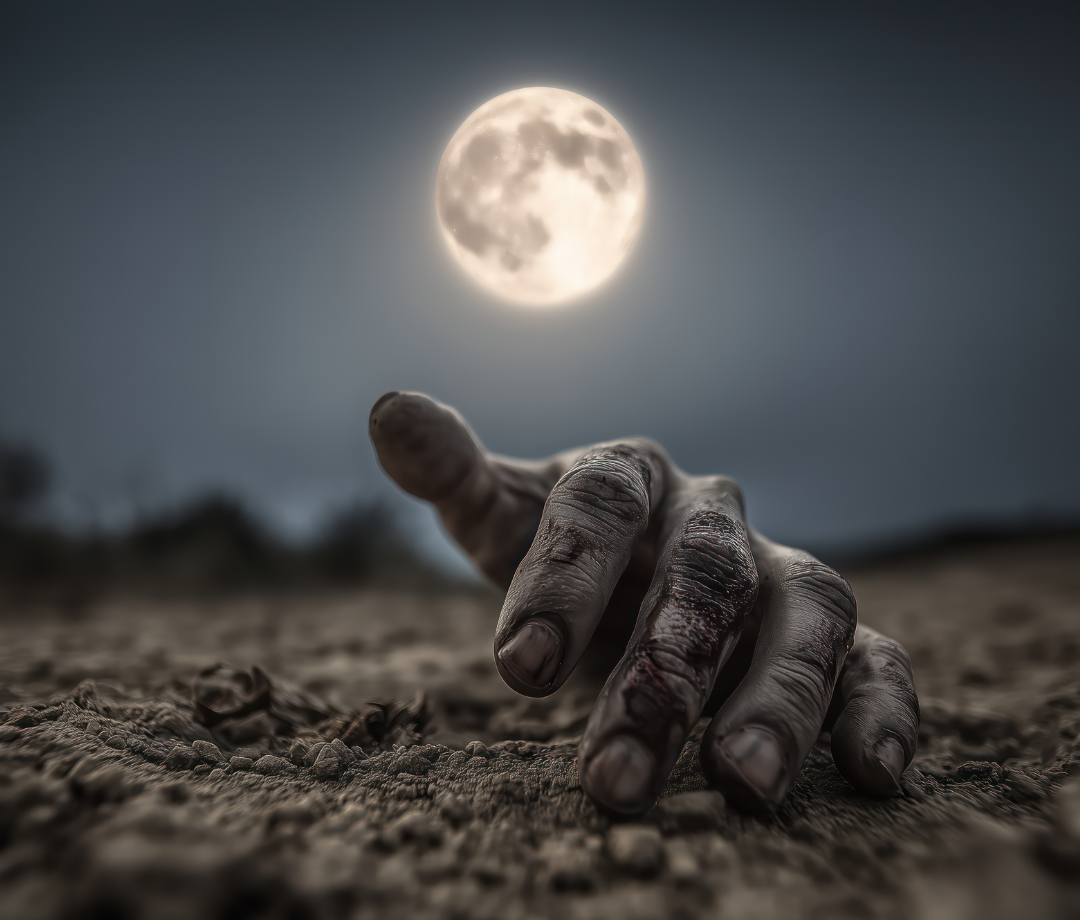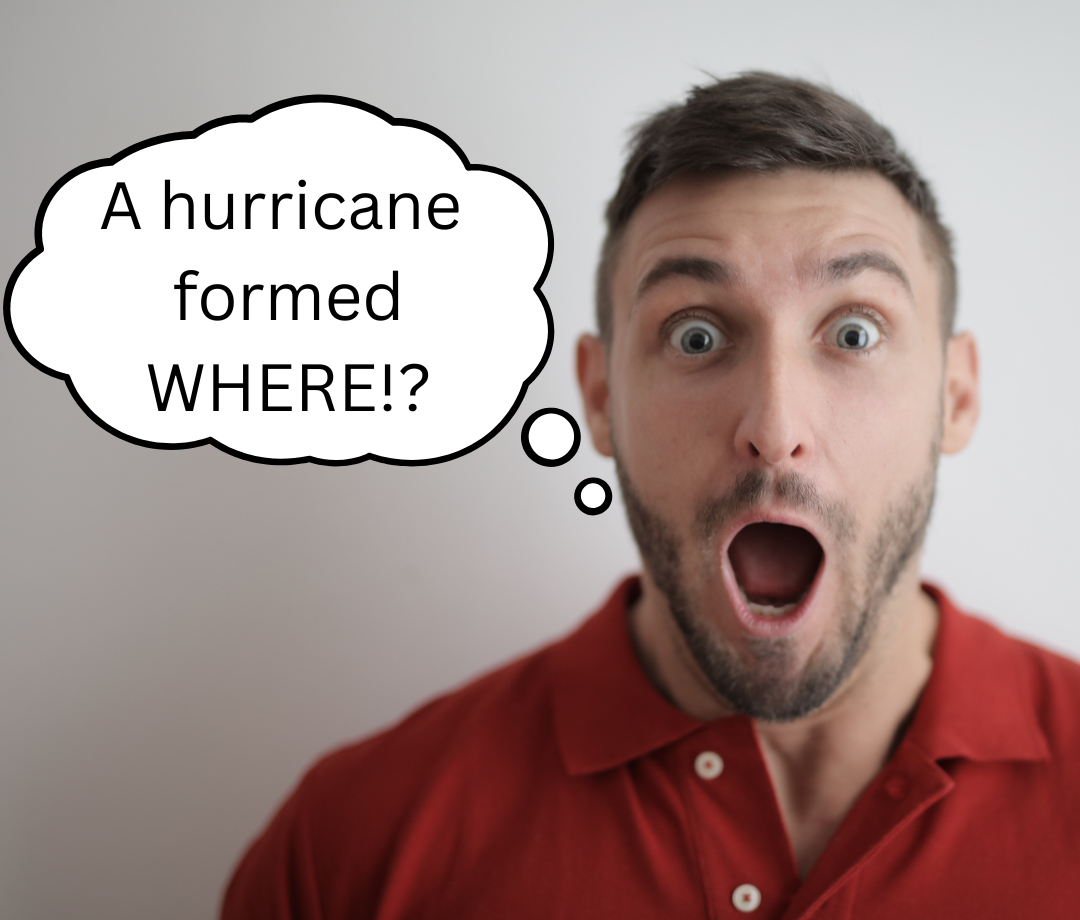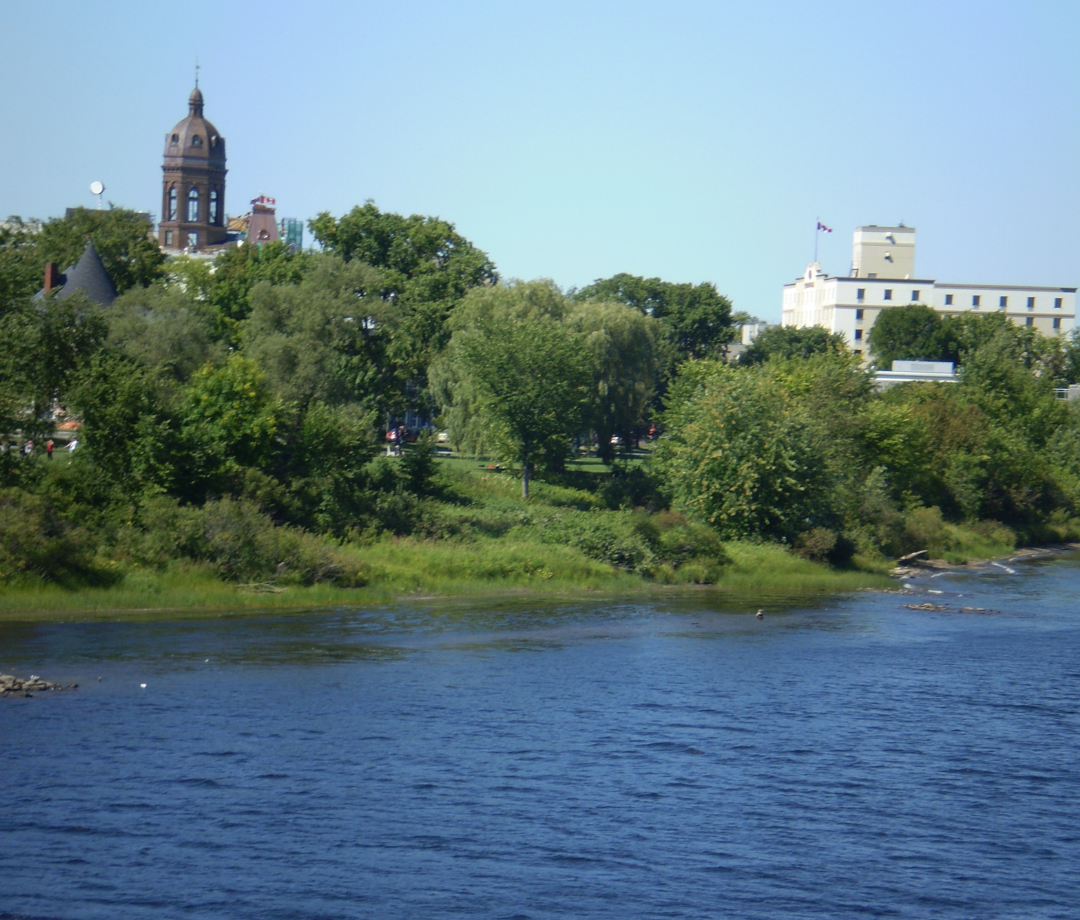How Can Weather Impact Halloween?
Halloween isn’t something that makes you think of weather. You don’t dream of a certain type of weather on Halloween the way you might dream of a white Christmas. It’s not like Easter or Groundhog Day, which you might associate with spring and flowers first emerging. Even Thanksgiving, which is only a few weeks away from Halloween, is already associated with fall, the time of year when Halloween occurs. If you’re the type of person who just wants to stay at home and watch some scary movies, bad weather might actually be a good thing. Some added sound effects of loud thunder, or ‘howling’ wind during a scene where the monster or serial killer sneaks around near the heroes can make things a tad bit extra spooky. With that in mind, it might seem like a good thunderstorm might even be beneficial for some people. It might even seem like some bad weather on Halloween isn’t that big of a deal.
However, it is one of the holidays that can be impacted the most by rain, especially trick or treating for the kids. Some bad weather can damage trick-or-treating for an entire town. While you can’t change the weather, there are some things that you can do to minimize the chances that you and your family’s experience will be ruined by bad weather.
Impact On Transportation
Transportation can get extra tricky on Halloween. There is a little bit of extra transportation beforehand, with going to costume parties and shopping for candies and costumes being examples. However, the main time it becomes more dangerous is on Halloween night, when there’s plenty of little skeletons, vampires, and superheroes running around. This is dangerous at night and can be especially dangerous in the fog. If there is fog, it’s a good idea to use your low beams (but not high beams), drive slower, and avoid using little social tricks like tailgating and brake-checking. Regardless of whether there’s fog, it’s also best to avoid distractions like music and talking to passengers, and instead keep your eyes on the road. Kids have a tendency to run out excitedly, and you don’t want to be the one who accidentally runs over a kid. Be very careful at all times. Drive slower, triple-check when turning, and keep an eye out. Some of the popular costumes are dark coloured, which can be harder to see at night, so don’t take your eyes off the road.
Impact On Trick Or Treating
Rain can make it a bit of a struggle and make it less fun for kids, as they could get wet and even have their costumes ruined. Wind can make walking much more difficult, and can even blow away a child’s candy if they don’t hold it tightly. Being too hot or too cold can make certain costumes a bad fit. If you want to minimize the impact of poor weather on your kids’ enjoyment of Halloween, here are some tips you can use:
- Have multiple costumes, or alternate costumes.
- Have costumes with ‘optional’ bits, or versatile ones. Vampires, for example, can wear a t-shirt, sweat sweatshirt, or a hoodie depending on the weather (hey, those don’t give off sunlight). A Jedi can put on extra layers under their robes if needed. Having some type of rain protection can also help, or use a costume that has rain resistance.
- Cut your trick-or-treating short if you feel it getting too cold very quickly. Stay close to home if you want to play it safe.
- Use bright colours, especially if visibility is low due to fog, smog, or staying out late.
- Avoid using a mask or anything else that can obscure vision, especially if you predict bad weather or poor visibility. Face paint can be a good, safer alternative.
- If there is a risk of thunderstorms starting, avoid having any metal on you. It is best to avoid trick or treating in a thunderstorm to begin with, but if one starts suddenly, you will want to ensure you don’t have any metal.
Please note that there are many more than just these options. There are plenty of other things that can be done to minimize the impact of weather on trick or treating, and there are also safety tips that have nothing to do with weather (ie, not going into a stranger’s home).
Impact On Decorating
Decorating is a favourite part of Halloween for a lot of people. You can make your house and your yard look as spooky or scary as you want. If you want to cover your yard with an army of skeletons, a series of tombstones, cobwebs, or other Halloween-themed monsters and items, you can do that. However, the weather can do some serious damage to the yard that you spent a lot of time and money customizing. Here are some tips:
- Avoid using metal or flammable materials to minimize the odds of a lightning strike or other disaster causing a fire. Furthermore, keep flammable objects away from Jack-O-Lanterns.
- Avoid using material that can be ruined by rain.
- Tie down decorations that can be blown away by heavy winds.
- Have lights ready to help people see your decorations if visibility is low.
Please note that there are other precautions you can take, and there are also many safety tips that are not weather-related, such as not letting children use knives.
Wear The Right Costume For The Temperature
As mentioned earlier, there are some costumes that can have layers below them. Others can only be worn at certain temperatures. Below is a list of temperature ranges and appropriate attire for each. Keep in mind that it is better to over-prepare than under-prepare.
0-5 °C (32 – 41°F): At this temperature, it’s best to wear a lot of layers, if you choose to go out at all. The top layer absolutely needs to be long sleeves, with long pants. If your costume can work with a coat, it’s best to put a coat on. You’ll also likely want to have some heavy pants. Things such as a hat, gloves, and other added layers can also be very helpful. At this temperature, things like face paint and props might be needed for your costume to be very effective. Be sure to cover as much skin as possible to prevent frostbite and hypothermia. Wearing extra layers underneath your costume (such as a t-shirt or thermal underwear) is also recommended, but keep in mind this is in addition to layers on top, not a substitute for them. A thicker, more bulky costume might also be best for this. Boots are also a good idea.
5-10 °C (41-50°F): This is a bit warmer than the above. A heavy jacket might not be needed, but it can still be a good precaution. However, leaving a heavier jacket unzipped will likely be a lot more acceptable at this temperature if it makes your costume a lot more visible. It’s still best to wear something underneath your costume, even if it’s just a t-shirt. Long pants are still 100% needed at this temperature, with some thickness still being a good idea. Things like boots, a hat, secondary layers underneath, and gloves probably aren’t as needed at this level, but might be good if the person in the costume is susceptible to cold temperatures or if there is a wind chill.
10-15 °C (50-59°F): This is where weather is likely a lot less of an issue than before. Jackets, coats, under layers, and other extra coverings are probably no longer needed at this level unless there is a heavy wind chill. At the warmer end of this spectrum, even a t-shirt might be possible. Added layers might only be needed if you have a very thin costume.
15-20 °C (59-68°F): At this level, a t-shirt and a costume that isn’t very thick might be needed. At this point, a costume that has plenty of layers might actually be a bad thing. At this point, shorts might even be possible, although that’s only at the warmest part of this range.
20C + (68F): When things get to this temperature, being too hot is more of a concern than anything. Make sure you use a light costume, and maybe even keep water with you.


